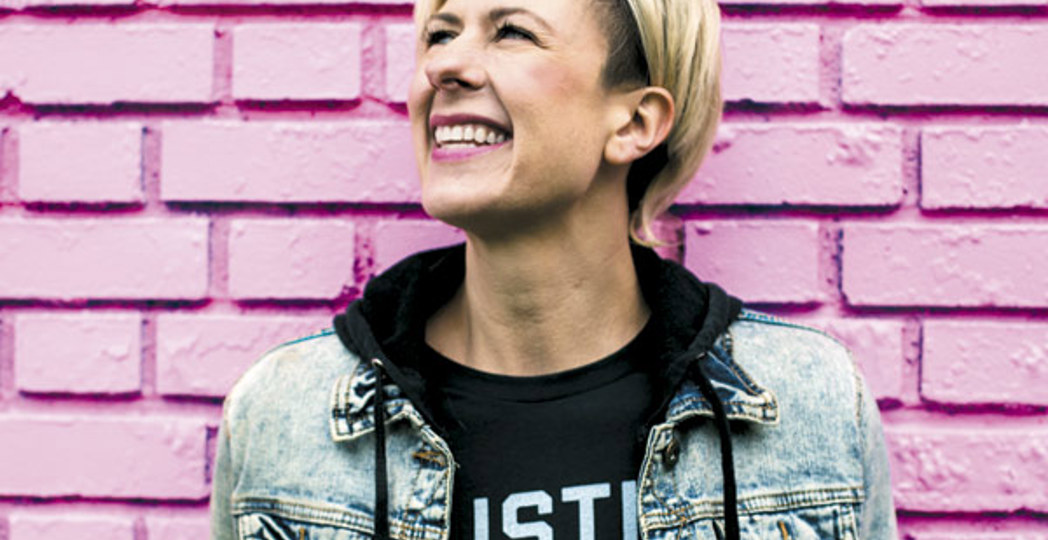Meet Your Maker
by Robert L. Smith | Jun. 9, 2017 | 12:00 PM

Evan Prunty
Trending
-
1
-
2
-
3
-
4
-
5










